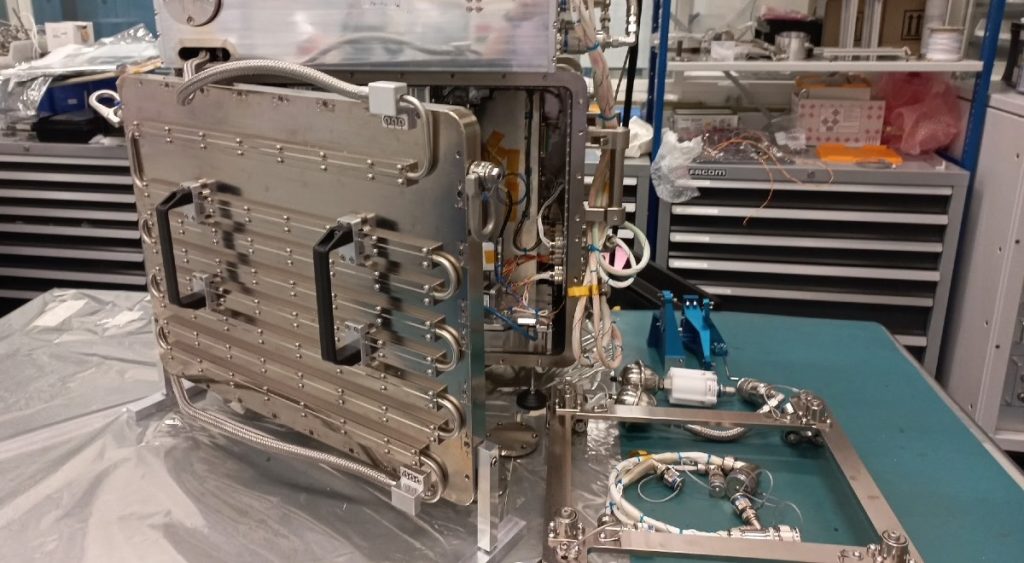
The European Space Agency (ESA) has confirmed that a metal 3D printer has successfully arrived at the International Space Station (ISS) to print metal objects in space for the first time.
A 3D metal printer weighing 180kg (about 400lbs) was sent to the ISS on the Cygnus NG-20 resupply mission launched on January 29th by the ESA and Airbus. This will mark the world’s first attempt to print metal parts in space, though polymer-based 3D printers have already been used aboard the ISS.
According to ESA, the printer will be installed by Danish astronaut Andreas Mogensen in the European Draw Rack Mark II in ESA’s Columbus module. Once installed, the printer will be remotely controlled and monitored from Earth, enabling printing operations to proceed without supervision.
The printer will use a type of stainless steel often used in medical implants and water treatment for its corrosion resistance. A high-powered laser heats stainless-steel wire in the printing area, which is a million times more powerful than a typical laser pointer. As the wire melts in the pool, it adds metal to the print.
“Metal 3D printing represents a greater technical challenge, involving much higher temperatures and metal being melted using a laser. With this, the safety of the crew and the Station itself has to be ensured – while maintenance possibilities are also very limited,” said ESA technical officer Rob Postema.
The test prints will consist of four objects smaller than a soda can and weighing less than 250g per print. Printing is expected to take about two to four weeks, with a scheduled daily print time limited to four hours due to noise regulations on the station – the printer’s fans and motor are relatively noisy.
After each shape is printed, Mogensen will remove it from the printer and send it back to Earth. These objects will undergo processing and analysis to evaluate the differences in printing quality and performance between space and Earth.
The ESA told Cybernews that at 9:49 UTC on Feb 1st that the Cygnus spacecraft carrying the printer has been successfully captured with the Canadarm2 robotic arm of the ISS.
“The Metal 3D Printer Technology Demonstrator is still onboard NG-20, and it is planned to be retrieved from NG-20 and installed in the ESA Columbus Module of the International Space Station later this month,” the ESA told Cybernews.
According to the agency, it is too early to comment about the mission and printer’s operations as the device still remains in a spacecraft.
Future of space manufacturing
The scientists believe that if the experiments are successful, it will pave the way towards manufacturing in space, which will be key to securing further exploration of the Moon and Mars.
This project aligns with one of the ESA’s goals for future development: establishing a circular space economy, recycling materials in orbit to optimize the use of resources.
Being able to print metal parts such as screws and nails in orbit will also enable components from old satellites to be repurposed into building new tools or structures. Additionally, it will eliminate the need for sending tools with rockets into space by enabling astronauts to print required parts while in orbit.




